This study presents new approaches to the concept “Place” in future cities. We face to qualities of spaces which are between place and Non-place. The phrase “Non-place” was first used by the French anthropologist Mark Auge’ (1995). “Non-places” are non-identified, timeless and non-relevance Places. Now the cities of Iran are full of “Non-places” and important public spaces have became terminals…It seems the relationship between Non-places and nature could develop the newest approach of urbanism: Ecological urbanism. This study focuses on the idea that infrastructure of disregarded Olive Garden in the south of Tehran is not on the basis of socialization and localization; Thus it comes to be an absence of Place in Place. It discusses how revitalization of this garden makes a corridor to change the sense of a region in Tehran and expands its affects as an ecologic pilot in the other regions. In this study, a mixture of deductive method (from theories to case study) and inductive method (from case study to theories) is used.
For reading the complete paper: (
https://www.researchgate.net/publication/351023015_Zaytun_1_Gar-e-den_Hypothesis)
Fatemeh Nejati
Faculty: Fabio Capra Ribeiro
MAEEB 2020-21
Advanced ecological buildings & Biocities- valldauralabs
Hypothesis:
Infrastructure of Zaytun Garden is not on the basis of the meaningful place, although it has enough potential to be a Development stimulus with ecologic approaches in its region. Disregarding this garden causes a Non-place.
this project has 4 types of participants:
• Social Activists women of “Baagh-Azari” district
• Local development team of “Baagh-Azari” district
• the Urban Volunteers volunteers
• Responsible citizens
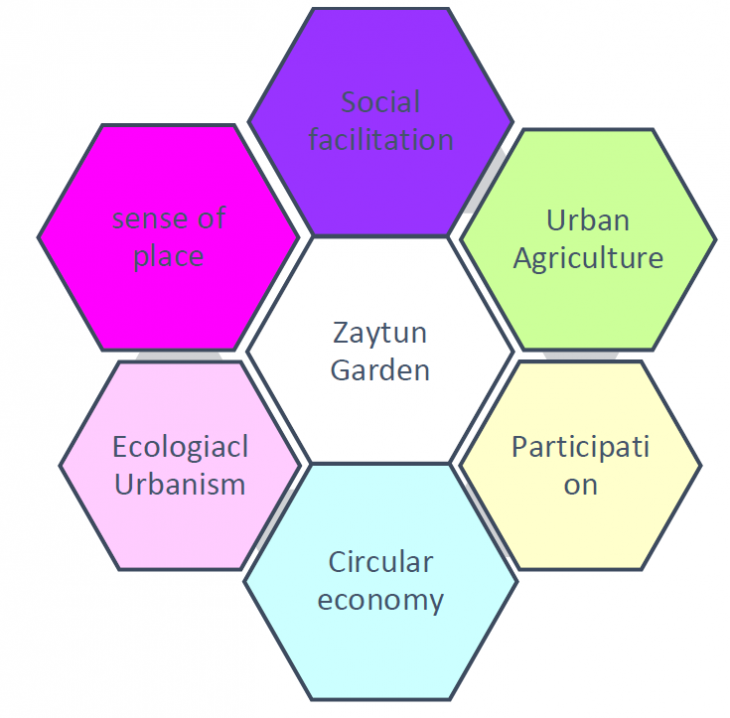
the relationship between approaches-(Nejati-2020)
Research and Design:
Given the key role of social participation in projects such as the participatory revitalization of the Zaytun Garden, it seems that a comprehensive method for facilitating and designing the process should be chosen by the participants. “Design thinking” is an interactive way to solve a problem. In this project, inspired by design thinking, project decision makers guided the answer to the problem. Every week a Activist Women, Experts of Urban Agriculture and a social facilitator have had meetings to develop the project and revise all challenges. There were some migrants from Afghanistan in their region. 5 Workshop were held to integrate this multicultural context for a better result in green intervention. The kids had great impact in our meetings and workshops.
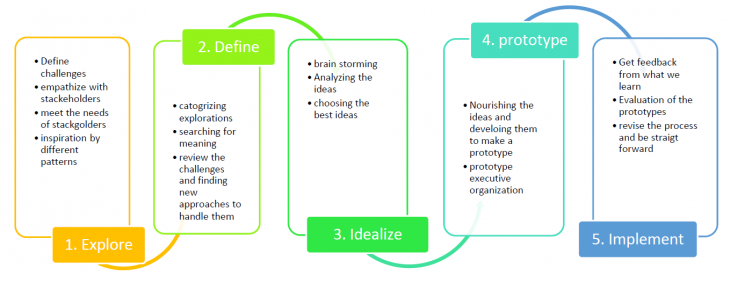
design thinking process for Zaytun garden-(Nejati-2018)
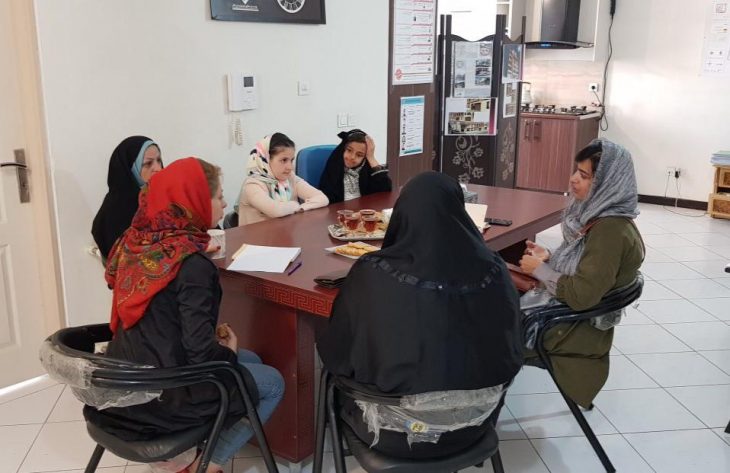
Brain storming with local Activist women in Local development Office- (Nejati- 2018)
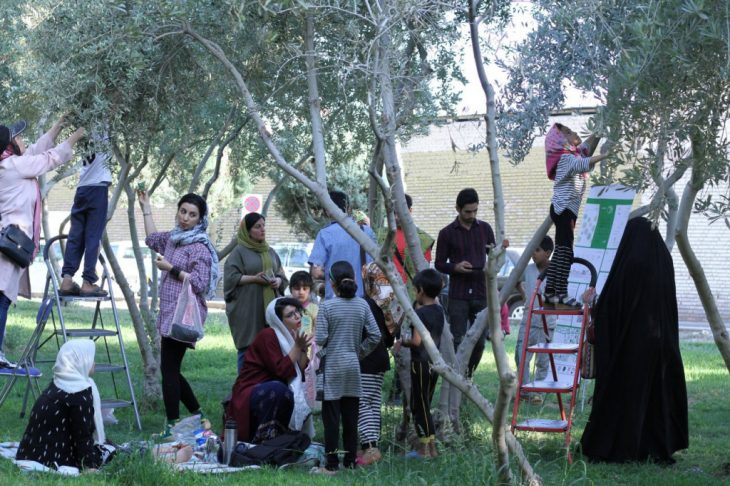
Event 4: The first Zaytun harvest- (nejati- 2019)
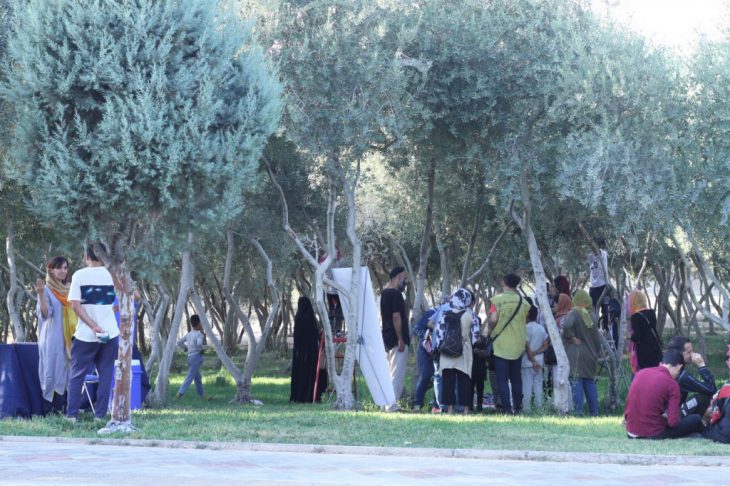
Zaytun Garden is a project which has done in-field (Iran) and has written the report under advice of IAAC, Institute for Avdanced Architecture of Catalonia developed at MAEBB 2020.
Student: Fatemeh Nejati (Linked-in: Fatemeh-Nejati)
Faculty: Fabio Capra Ribeiro